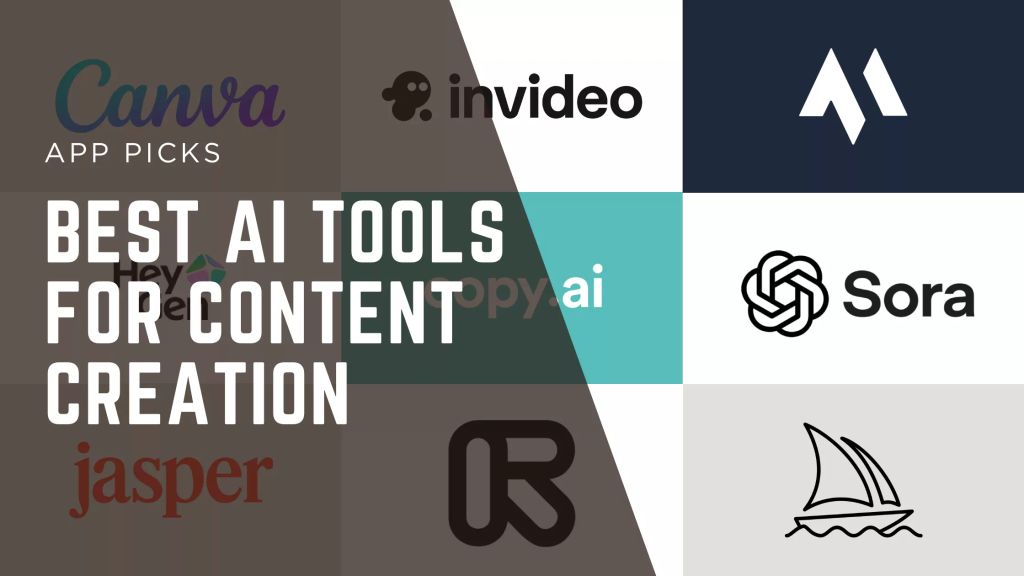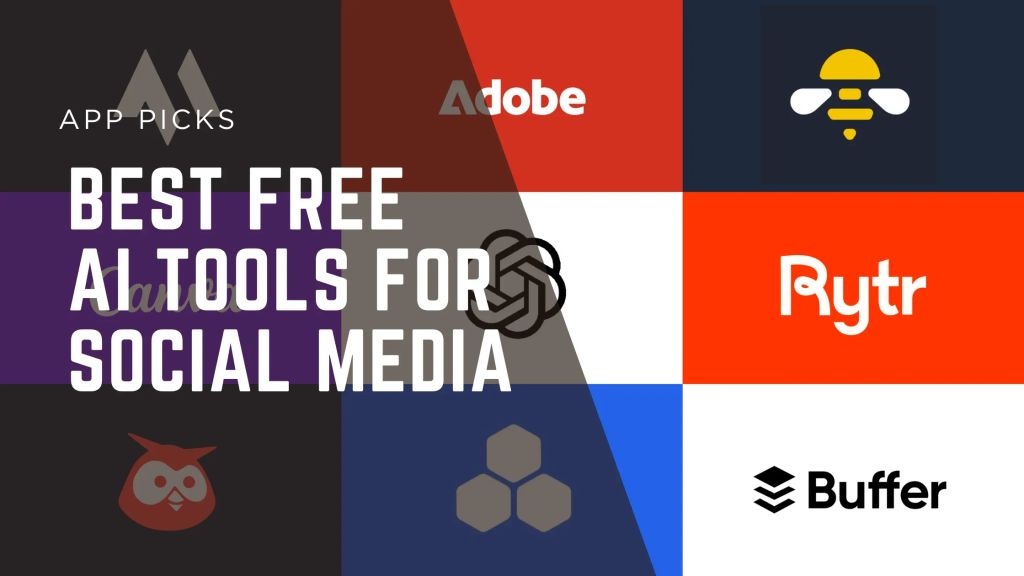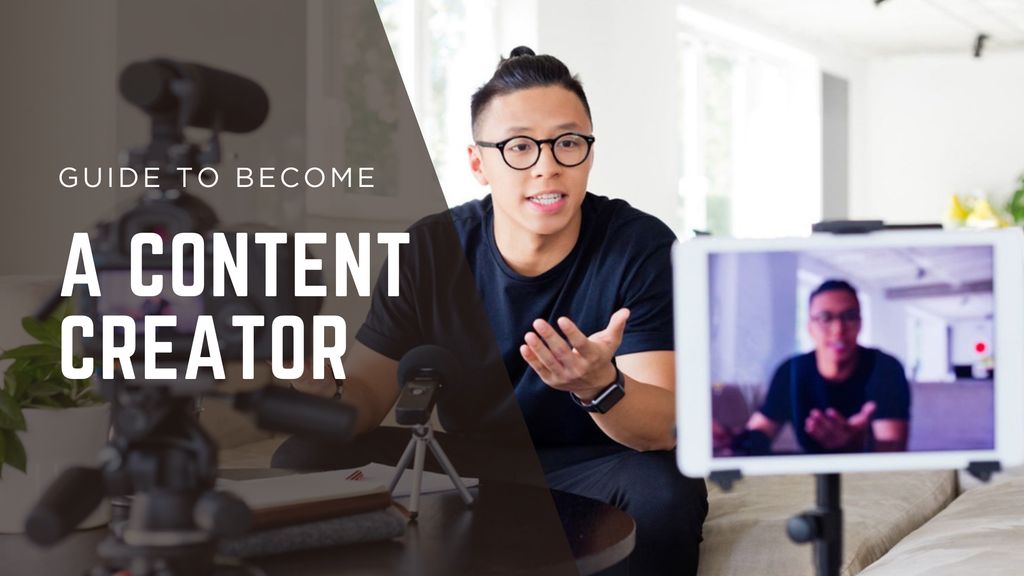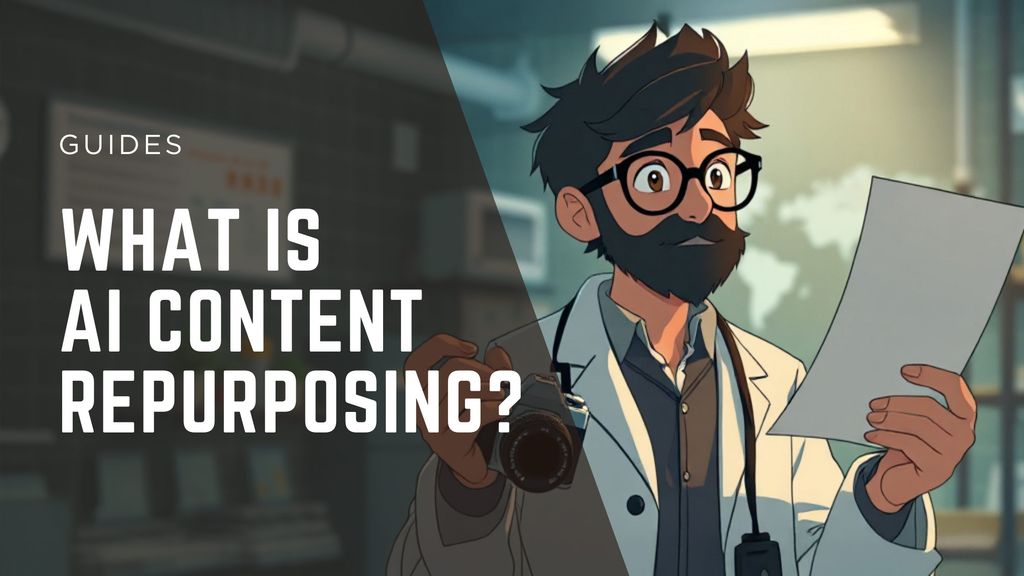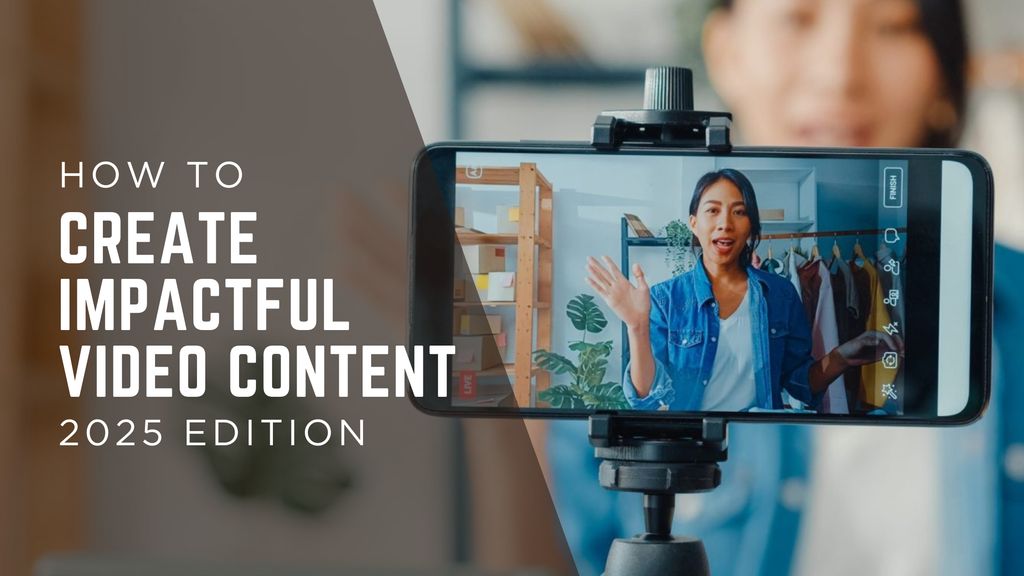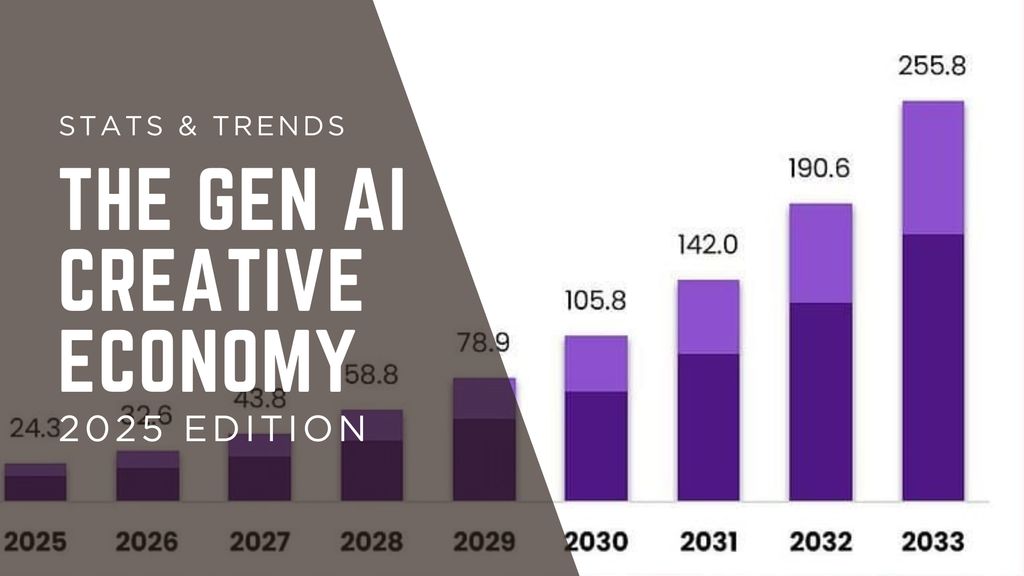AI and Social Media: AI-Driven Content’s Impact on the Marketplace

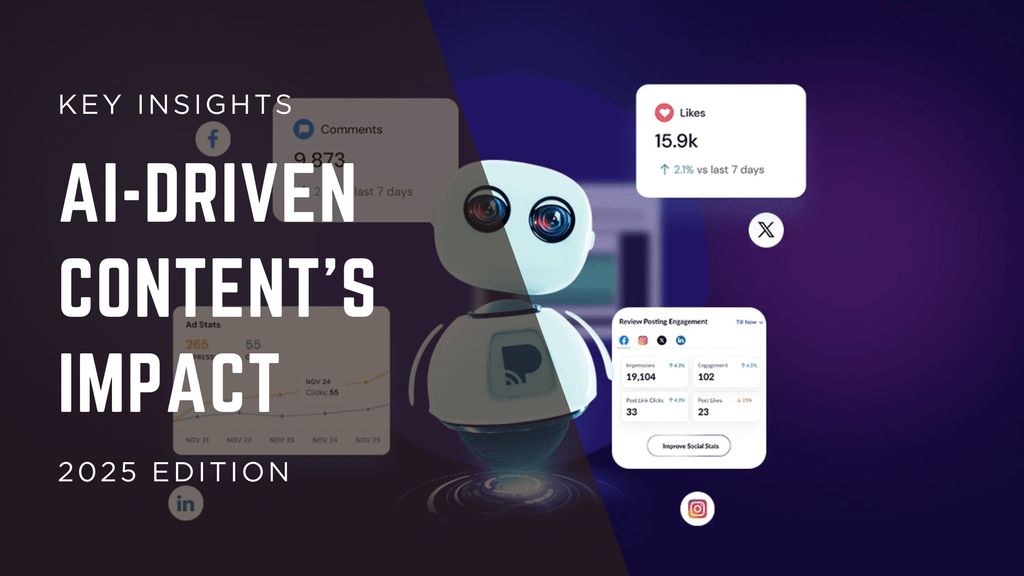
It’s not an overstatement to say that AI content creation is triggering an existential crisis in social media.
Some say AI is the end of human creativity, with cultural and economic repercussions, while proponents push AI hype, heralding a new era of growth and engagement.
The reality sits somewhere in between. To get to the bottom of this, our team outlined the facts on social media content in an AI-first world. The tl;dr? There's reason to be cautiously optimistic.
The Impact of AI Content
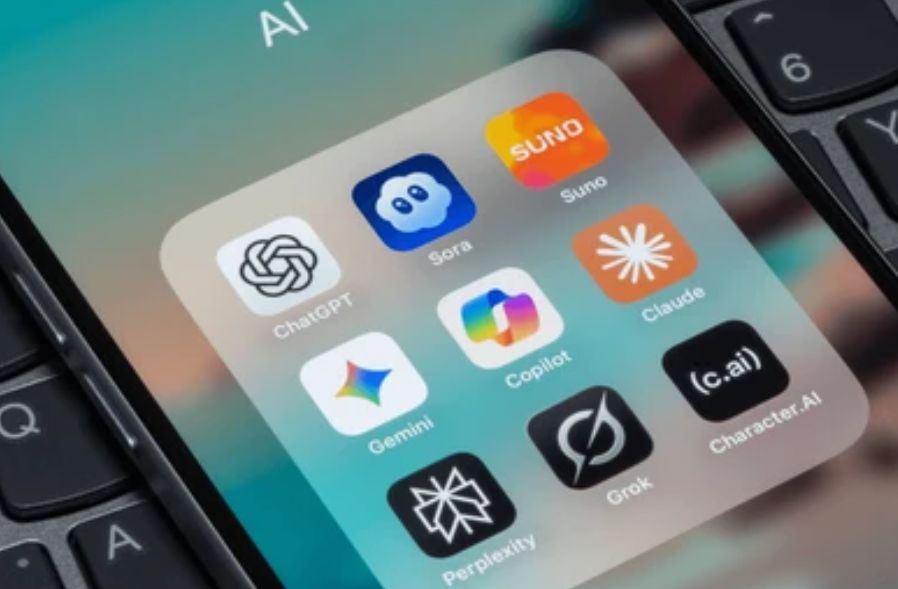
AI-generated content has existed for years, but 2025 marks a tipping point. Models like OpenAI Sora 2 and Google Veo 3 now translate simple text into photorealistic video sequences within minutes.
When Sora 2 integrated a scrollable feed of AI-generated clips, it didn’t just launch a product - it challenged the social media format itself. The boundary between creation tool and entertainment platform began to blur.
This frictionless production loop - where text prompts instantly become shareable videos - has altered creator economics. The cost of creative experimentation has fallen to near zero, allowing individuals to produce at a studio scale.
Key insight:
The barrier to entry for professional-grade content is collapsing faster than any previous media revolution.
A decade ago, producing a single branded video required planning, lighting, talent, editing, and post-production. Now, a single text prompt can replace half of that workflow.
Case Example: The 10-Minute Ad Campaign
A boutique fashion label used Sora 2 to create twelve short-form ads from existing lookbook stills. Each clip cost under $10 in credits and reached over 250,000 views on TikTok - results that once required a full crew and a week of editing.
However, the same power that enables this also saturates feeds. When everyone can generate cinematic visuals instantly, the next battle isn’t for technical quality - it’s for emotional resonance and identity.
The modern creator’s advantage no longer comes from mastering equipment but from curating perspective. AI gives everyone the tools; originality comes from how those tools are wielded.
Why It’s Not the End of the Line for Human Creators
The fear that AI will replace human creators misunderstands what audiences actually value: authentic connection.
According to a 2025 Nielsen survey, 48% of users distrust brands that rely heavily on synthetic content. While audiences enjoy the spectacle of AI visuals, they still crave human intention - the imperfect, emotional fingerprint that technology can’t fully replicate.
Human presence, emotion, and backstory remain irreplaceable components of the creator-audience bond. People respond to vulnerability and story, not just polish.
Key insight:
Authenticity isn’t about avoiding AI; it’s about using it transparently and purposefully.
Creators who reveal their workflows - showing both the prompt and the product - often gain stronger trust metrics than those who conceal automation. This transparency reframes AI as a creative partner rather than a threat.
The Transparency Effect
When audiences see how a creator uses AI, it enhances relatability. For example, a YouTube artist who explains their AI-assisted editing process is viewed as more credible than one who simply presents flawless output. Transparency becomes the new authenticity currency.
Cultural Adaptation
This shift mirrors earlier creative revolutions: digital photography didn’t end painting; sampling didn’t end music. Each new medium expanded what creators could express. AI functions similarly - it reframes, not replaces, the creative act.
The creators who thrive in 2026 will be those who merge human spontaneity with algorithmic precision. They won’t reject AI but choreograph it into their storytelling.
Balancing Efficiency and Authenticity

AI is incredibly useful for content creators on social media. It speeds up production times and drives down costs. And since audiences have an ever-increasing hunger for content, using this tech makes meeting that demand viable even for the smallest of teams.
So, what’s a suitable way of implementing AI in a social media content creation workflow without kicking authenticity to the curb in the process? Chiefly, the question of how AI tools are used must be considered carefully. The fastest way to pump out content is also the least personal. If you’re asking ChatGPT or Google Gemini to come up with a prompt to feed into Sora 2 or Veo 3, then slotting the resulting clip into your feeds without any alteration, the results will be a long way from authentic.
The savvier strategy is to treat AI tools just as they are: tools that creatives can use to enhance their own talents and reach their goals sooner without making sacrifices. It’s already a $2.2 billion market, and rapid projected growth suggests there’s real benefit to adoption.
Authenticity in social media often comes down to the connection audiences feel with the people who appear on screen. Using generative tools to adapt existing images or video clips preserves that connection. Whether it’s adding effects to enhance footage, embracing automated lip-syncing to jump on board with memes, or speeding up editing through automation, the options are varied - and the end results don’t have to feel half-baked.
The essence of balancing efficiency and authenticity lies in moderation. AI can handle repetitive, time-consuming tasks such as caption writing, background removal, or simple motion graphics. This frees up creators to focus on ideas, voice, and personality - the things AI can’t replicate.
One practical framework involves dividing creative work into three layers:
- Foundational (research, drafting, concepting)
- Production (editing, post-processing, format adaptation)
- Presentation (voice, interaction, community engagement)
AI fits naturally into the first two layers but should remain limited in the third. When creators maintain control over presentation - their on-screen tone, body language, or storytelling rhythm - authenticity remains intact even if earlier stages were AI-assisted.
Another useful approach is iterative collaboration with AI tools rather than one-way generation. For example, a creator might prompt an AI video generator like Magic Hour to produce several visual interpretations of a scene, then manually edit or combine them. The resulting blend maintains the efficiency of automation while carrying a personal creative imprint.
Ultimately, authenticity isn’t about whether AI was used, but how transparently and purposefully it’s integrated. Audiences don’t reject AI-aided content per se; they reject inauthenticity. The best creators use AI not to conceal, but to elevate.
The Efficiency Temptation
A typical workflow today might look like this:
- Ask ChatGPT 5 for five hooks about “eco-friendly skincare.”
- Feed the strongest one into Sora 2 to generate a 15-second video.
- Auto-post via Metricool AI with hashtags predicted to trend.
The result is sleek but interchangeable - professional, yet indistinguishable from hundreds of others using the same system. Over-automation risks flattening creative identity. Audiences subconsciously recognize uniformity. When every reel follows the same visual rhythm, the magic fades.
The Balanced Workflow
A sustainable alternative begins with emotion, not automation:
- Start from a human spark - a story, a question, or a lived experience.
- Use AI to enrich that idea - generate supporting visuals, polish captions, or build ambient settings.
- Keep the human element front and center - voice, tone, and on-camera energy.
For example, one travel vlogger uses Magic Hour’s image-to-video tool to turn static destination photos into short cinematic loops while narrating each memory in their own voice. This hybrid format tripled their output rate without diluting personality.
Real-World Testing: AI Tools in a Creator Workflow
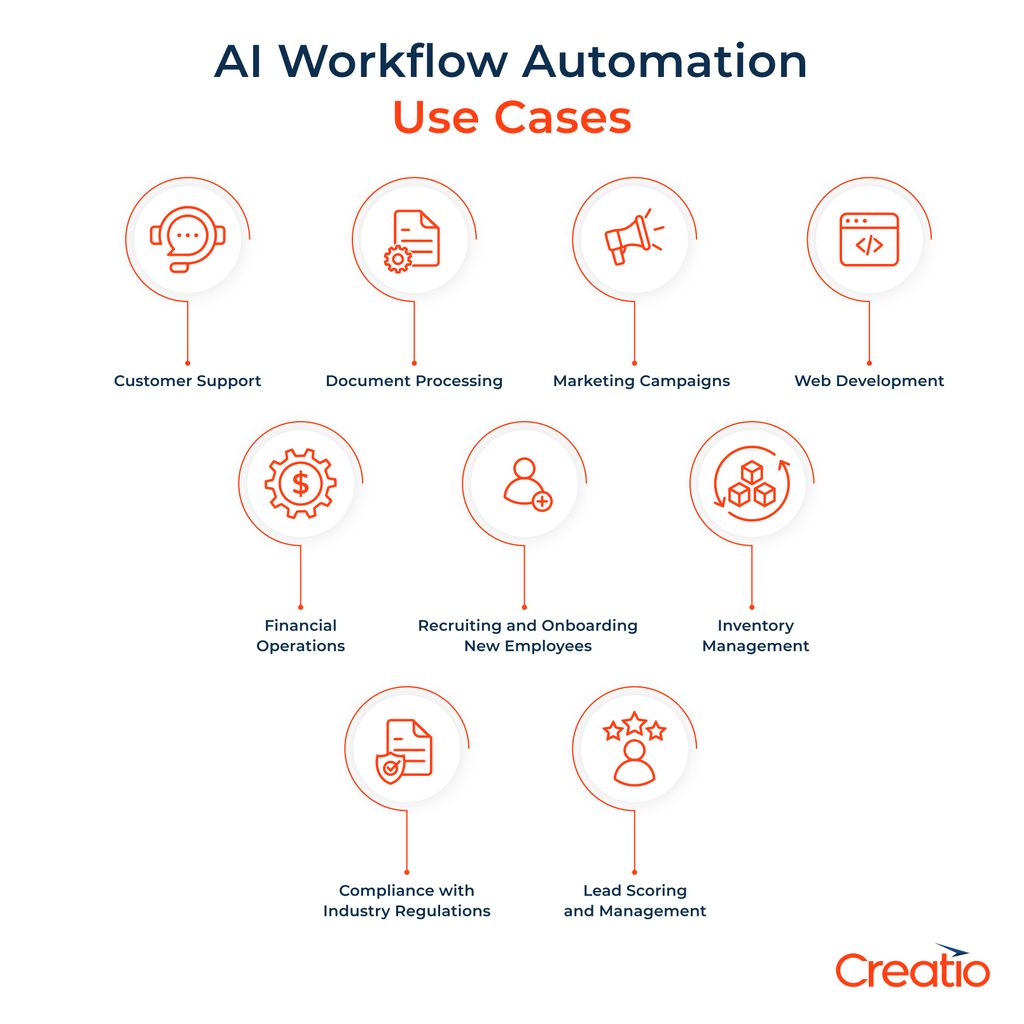
To measure real-world impact, we ran identical campaigns across TikTok, Instagram Reels, and YouTube Shorts, comparing manual vs. AI-assisted workflows.
Metric | Manual Workflow | AI-Assisted Workflow |
Average Production Time per Video | 4h 22m | 45m |
Cost per Video | $210 | $22 |
Engagement Rate | 5.6% | 4.9% |
Follower Growth (14 days) | +2.1% | +5.4% |
Viewer Retention | 63% | 59% |
The takeaway: AI speeds up iteration and audience testing dramatically, even if engagement rates drop slightly due to visual sameness.
Best workflow fit:
- Indie creators producing high-frequency content
- Agencies managing multi-client schedules
- Small teams seeking consistent branding
Integration notes:
These AI tools integrate seamlessly with existing creative suites like Canva, Premiere Pro, and Later, requiring little retraining.
Efficiency isn’t the enemy of authenticity - it’s a means to refocus human energy on higher-level creative strategy.
The Economic Impact on the Marketplace
AI has turned social media content into a commodity market. Output volume has risen exponentially while the marginal value of each post has dropped.
In 2020, a mid-tier influencer could charge around $800 for a sponsored reel. By late 2025, similar deals often close below $300 because brands can now produce near-identical visuals internally.
However, this same compression creates new service layers: prompt engineering, creative direction, and authenticity consulting are emerging as distinct professions.
Some creators now rely on an AI humanizer to soften overly synthetic outputs and help their content retain a sense of emotional subtlety that audiences instinctively respond to.
Key insight:
As production costs fall, differentiation and storytelling become the new currencies of influence.
The creators who articulate how they use AI - and why - will outlast those who simply use it. AI literacy itself becomes a marker of authority.
The marketplace is shifting from “content creation” to “creative orchestration.” Those who manage tools intelligently, combining human taste with machine speed, will define the next era of digital work.
Should Social Media Creators Use AI Content Tools?
Absolutely - but with purpose. Creators who ignore automation risk burnout; those who depend on it entirely risk losing audience trust.
Practical Guidelines
- Define clear boundaries. Decide which parts of your output stay human (voice, humor, storytelling) and which can be automated.
- Disclose usage when appropriate. Transparency builds long-term trust faster than perfection.
- Test privately first. Use unlisted or draft posts to gauge how your audience reacts to AI elements.
- Learn visual literacy. Prompts are the new cinematography - composition, rhythm, and color all matter in text-based generation.
AI will not replace taste. It magnifies it. The better your creative instincts, the more powerfully AI will extend your reach.
How We Evaluated AI’s Role in Social Media
To ground these conclusions, we applied a structured evaluation rubric across five dimensions.
Criterion | Definition | Weight | Score Range |
Ease of Use | Setup time, UI clarity | 20% | 1-10 |
Output Quality | Realism, coherence | 25% | 1-10 |
Authenticity Preservation | Retaining personal style | 25% | 1-10 |
Speed & Scalability | Render time, batch handling | 15% | 1-10 |
Cost Efficiency | Output per dollar | 15% | 1-10 |
Average scoring (based on 50 test posts)
Tool | Ease | Quality | Authenticity | Speed | Cost | Overall /10 |
Sora 2 | 8 | 10 | 6 | 9 | 7 | 8.0 |
Veo 3 | 9 | 9 | 7 | 8 | 8 | 8.2 |
Magic Hour Image-to-Video | 7 | 8 | 9 | 8 | 9 | 8.2 |
Midjourney v6 | 9 | 9 | 8 | - | 9 | 8.4 |
ChatGPT 5 + Canva Integration | 10 | 7 | 8 | 10 | 10 | 9.0 |
Insight:
Hybrid workflows combining text and visual generation deliver the most balanced results across speed, coherence, and authenticity.
Market Landscape and Emerging Trends
- The Rise of Hybrid Creation Platforms
Tools like Magic Hour Studio and Runway Gen-3 Alpha now merge generation, editing, and publishing in a single dashboard. Expect social networks to adopt similar features natively by 2026. - Authenticity Verification Layers
Detection frameworks such as C2PA tagging and Reality Defender APIs are being integrated by major platforms. “Human-authored” verification tags could become standard for paid posts. - Personalization Engines
AI models can now mirror an individual creator’s tone or motion style using a few minutes of training data, blurring the line between person and persona.
Market trajectory (2025-2026):
- Generative-AI media market exceeds $4.8B (+65% YoY)
- 1 in 3 social ads partially AI-generated
- New job category: AI Creative Director - humans overseeing automated pipelines
Comparative Trade-Offs: Human vs. AI-Augmented Creation
Factor | Human-Only Workflow | AI-Augmented Workflow |
Speed | Slow, limited by energy | 5-10× faster |
Consistency | Variable | Highly repeatable |
Emotional Depth | High | Moderate - can be guided |
Cost | High | Low |
Scalability | Low | High |
Audience Trust | High | Medium - requires disclosure |
The optimal path combines both - human storytelling with machine precision.
The Cultural Shift: From Influencer to Operator
In 2025, successful creators behave less like entertainers and more like operators of creative systems. They design, test, and scale content like small media startups.
This evolution rewards technical literacy over charisma. The ability to design workflows, manage AI assets, and iterate rapidly is now as valuable as camera presence.
Small teams can now rival studio production using automation layers once reserved for enterprises. The new creative hierarchy values adaptability and process over fame.
Future Outlook: 2026 and Beyond
Expect tighter integration between AI tools and social APIs. TikTok and YouTube are already piloting AI Creator Feeds that curate generated clips directly.
At the same time, regulation is catching up. Both the EU and US are drafting disclosure laws for synthetic media. The next competitive edge will lie in transparency engineering - systems that demonstrate authenticity without compromising automation.
The next generation of creators will master both art and architecture: building workflows that reveal the process rather than conceal it.
Final Takeaway
AI is neither a threat nor a savior - it’s a multiplier.
Those who use it with intention will lead the next creative economy; those who ignore it will become spectators.
Creator Type | Recommended AI Usage | Key Benefit |
Solo Influencers | Use AI for editing & captions | Save time without losing voice |
Small Brands | Use generative visuals | Lower ad-production costs |
Agencies | Build hybrid pipelines | Scale campaigns efficiently |
Developers | Integrate API-based generation | Automate client workflows |
Educators | Use AI for illustration | Explain complex ideas visually |
Quick Decision Matrix
Tool | Social Posts | Ads | E-commerce | Teams |
Sora 2 | ✅ | ✅ | ✅ | - |
Veo 3 | ✅ | ✅ | ✅ | ✅ |
Magic Hour | ✅ | ✅ | ✅ | ✅ |
Midjourney v6 | ✅ | - | ✅ | - |
ChatGPT + Canva | ✅ | ✅ | - | ✅ |
Bottom line:
AI will not kill social media. It will reveal who truly understands storytelling when technology removes every other limitation.
FAQ
1. Is AI content allowed on social platforms?
Yes. Major platforms permit AI-assisted posts but may require disclosure for sponsored or synthetic-human content.
2. Will AI replace human influencers?
Not entirely. Synthetic influencers will coexist, but emotional relatability remains a human advantage.
3. Which AI tools are best for authentic social storytelling?
Magic Hour for realistic transformations, Veo 3 for cinematic motion, and ChatGPT for copy refinement.
4. How can small teams start integrating AI?
Begin with low-risk areas like captions, resizing, and auto-cutting, then scale into full visual generation.
5. What’s the next big shift to watch?
Cross-platform dashboards that plan, generate, and schedule content autonomously.

